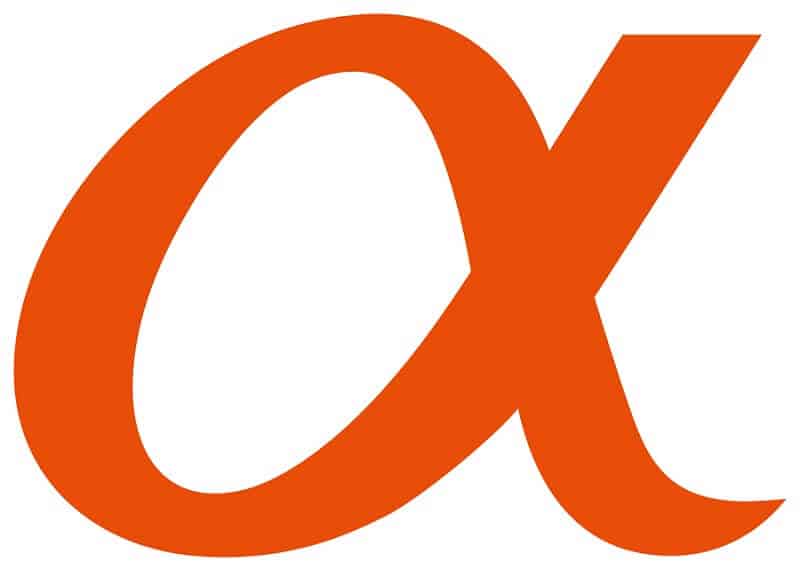
Dropping stock prices don’t have to be your enemy necessarily. Wealthy investors know how to react to dropping prices and how to find stocks that are good buys.
When such an unpleasant event happens, the most important thing is how to react to the stock market decline. We have had many very dangerous situations in the stock market over the past several decades. Some investors were ruined, some survived and even more, they succeeded to grow their wealth. What did they do differently? How did they make it? Is there any rule about how to react to the stock market decline?
The S&P 500 had the fastest 16% decline ever. We already wrote about the possibility of how coronavirus can affect the stock market badly. And it happened, coronavirus is a catalyst for investors’ fears.
This shakeout in stocks is motivated by the uncertainty caused by the coronavirus outbreak. We can be sure about that. A kind of support for this claim comes for the media, we are constantly under analysts’ opinion-fire and it is so easy to feel bad and frightened. But we have to do something! We have to protect our health in the first place but also we have to protect our capital invested. So, how to react to the stock market decline?
Investors are fearful. Did you remember what the great value investor Benjamin Graham said for stocks?
“In the short run, a market is a voting machine but in the long run, it is a weighing machine.”
What does it mean?
This means that companies can be popular or not and that’s how markets are valuing them and fears can beat the market but in the short run. But in the long run, the market is assessing the substance of the companies, their underlying business performances. What really matters isn’t the media’s fickle opinion in the short run.
That makes up the stock market. Yes, we saw many cases of risks in the market but the stock market has a long history and had so many UPs on its way. So, what do we have to do NOW? How to react to the stock market decline NOW? Should we be fearful? Or maybe greedy?
Millionaires are down on the stock market
Some wealthy people are getting out form the stock market these days. Especially the millionaires. Some surveys reveal that investors’ confidence fell since economic conditions look like they’re worsening. The stock market strength is the factor that most changes their current investment plans. And as we know, the stock market declines.
But there are some different examples of how to react to the stock market decline. While these investors mentioned above are getting out of the market some, also millionaires, see the opportunity.
Smart and reach investors are buying stocks
They are getting in instead. Are they right? How can they see the opportunity in the declining market? Examining this was so exciting.
Let’s say like this, the majority of average investors are not leveraged. That isn’t a disadvantage, we should look at that as a gift. If they have, and they have, available cash and enough to invest, they are putting it to work right now while the prices are cheap. Are they crazy? The others are going into cash. Well, we think they are not crazy, they are completely smart investors.
Okay, here the explanation.
The major asset classes like stocks will grow over time. The advantage of buying now and holding stocks is that the value will rise faster than the value of the cash. What? Yes, the epidemic will stop one day sooner or later (sooner is better for many reasons), and everything will come to its place. The economy will recover and grow, and we will have a better place to live. Much better than we have now or we had before. Okay, if we are wrong, then we will have more important things to be worried about than the stock market is.
Average investors should do the same
As we said, the individual investor should buy now. Historical data shows that the global stock markets have an upward trajectory and the investments are going to grow over time. So, this theory is simple to understand. That is the philosophy of the richest investors. For example, Carl Icahn and many others. They are buying while markets sell-off on panic and uncertainty. Is that a recipe? It looks like that. This is an example of how to react to the stock market decline. The circumstances in the stock market like we have now are a great opportunity to buy stocks of high-quality companies since there are no fundamental reasons behind the market decline. Even if your stocks are going down, don’t panic! Don’t sell! Buy them more at a cheaper price. In this way, you will grow your wealth.
How to react to the stock market decline
Follow the example of the great Warren Buffett. What he did, how he reacted to the stock market decline?
He advised, “being greedy when others are fearful.”
This kind of view while the market decline is a powerful advantage and the best investors have it. That is different, in contrast to what the majority of investors are doing. That’s why they are unique and rich. So, that attitude works. The point is to pick stocks that can outperform the market. Such stocks even when they have a double decrease, usually turn out and become winners. To make this clear, the stocks that have had bigger declines, had bigger final outperformance after they started to add their positions. That’s the fact according to a recent Harvard study. This study also reveals that wealthy investors choose stocks that exceed the wider market historically and they outperform by double figures. So, follow what really rich investors are doing and do the same.
Pay attention to how to react to the stock market decline
When the stock market is down your stocks will drop, for sure. Some of your stocks will drop more, some less. But let’s assume you were a smart stock picker and you hold a stake in a stable company. But due to the market downturn, its stock dropped 30%. It was a good, steady company. What happens? This stock was one of the winners in your portfolio. Well, it happens due to the coronavirus outbreak now. The stock is down and the stock price decreased by 30%, let’s say. How much did you lose? Should you get out? If you don’t, how long and how much will it take to get back? If your stock decreased by 30% it will need to increase 60% to get back, to break even. This is just an example, remember that. So, since your investment isn’t problematic and you hold a stake in a good company, you can be pretty sure that it will recover after the market starts to rise again. Further, if you sell when the company is down, it is more likely you will miss out on a lot of money. Instead, find the sellers of that stock and buy more at a cheaper price. Just act as wealthy investors do.
Bottom line
However, the stock market decline is stressful not only for the stockholders. The overall economy suffers. But instead of panic, try to use advantages. For example, you can reinvest your dividends and buy more stocks and double your holdings. Of course, the cash you have you can use to buy more stocks in some other company. This is a great opportunity, with less money you can buy more stocks at a cheaper price.
If you need cash right now, you might have to sell your stock at great losses. But this can be a problem only if you invested all your money. If you put some of your money aside and saved it for rainy days, you are safe and can avoid this scenario. All you have to do is to follow what the best investors are doing. That’s how to react to the stock market decline.



















